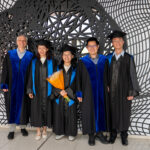Research
-
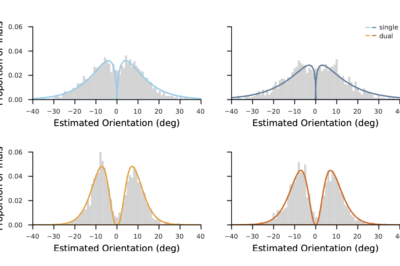
Reference induced biases in late visual processing
Ever notice how our perception can shift when a reference is introduced? Consider the Ebbinghaus illusion—depending on the surrounding disks,…
-
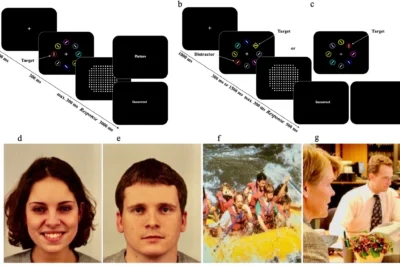
Valence color preference and association
Research has found that emotion-associated features, such as color, can influence our attention. However, what has been neglected is individuals…
-
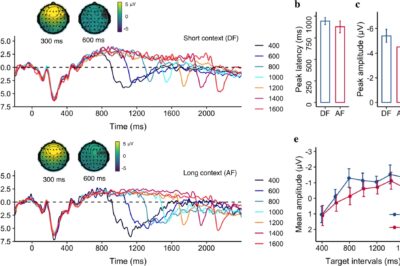
Electrophysiological signatures of temporal context
Our subjective sense of time can be influenced by different contexts, like the spacing between sample intervals and how often…
-
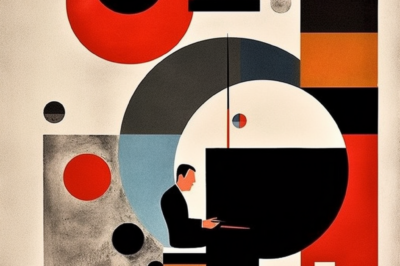
Little engagement of attention by cross-dimension distractors
While engaged in a task, it’s easy for our flow to be disrupted by salient distractors. Yet, if you know…
-
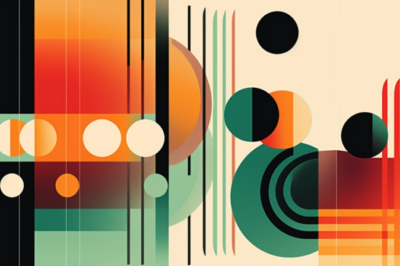
Influences of temporal order in temporal reproduction
Despite the crucial role of complex temporal sequences, such as speech and music, in our everyday lives, our ability to…
-

Asymmetric learning of dynamic spatial regularities
It is possible to improve attentional guidance by learning statistical regularities of the static spatial layout of the target and…
-
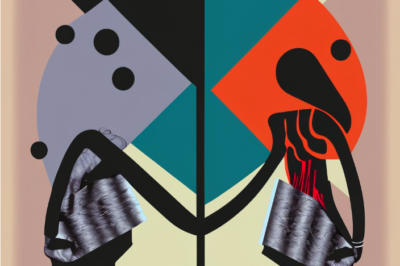
Long-term vs. short-term distractor location effect
When a salient distractor frequently appears in one specific location, it causes less interference over time, known as the distractor-location…
-
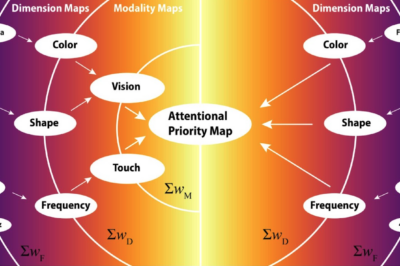
Hierarchy of intra- and cross-modal redundancy gains
Redundant information is useful for facilitating search. However, it remains controversial whether our brain integrates the features from different senses…
-
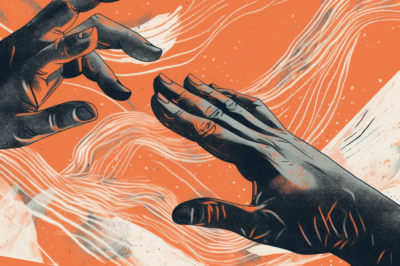
Statistical context learning in tactile search
When searching for an object, our brains learn to associate its location with other surrounding objects, known as contextual cueing….
-
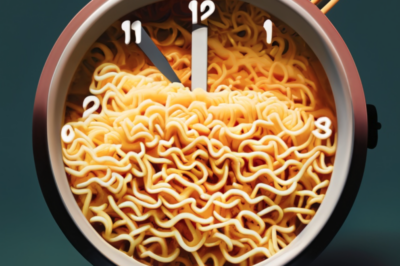
Context in temporal decision making
“During a lunch break, you open a cup of instant noodles, pour hot water over the noodles, cover, and wait….

